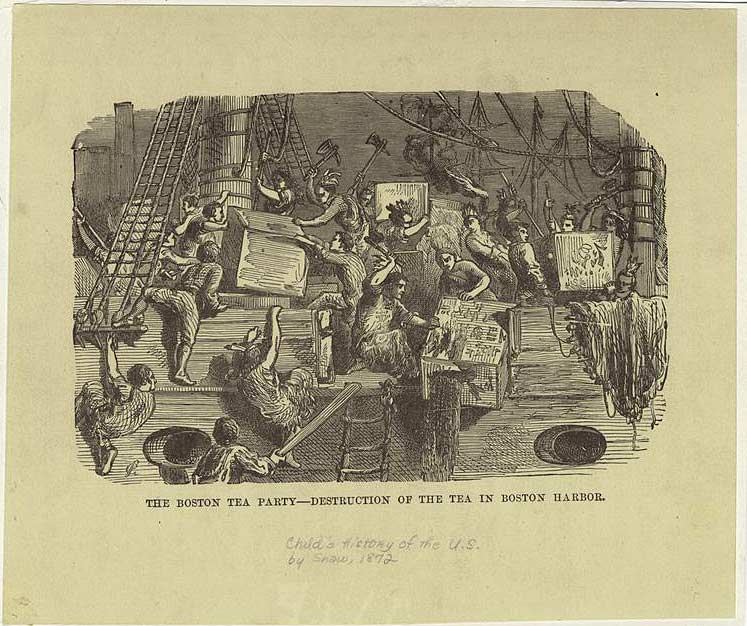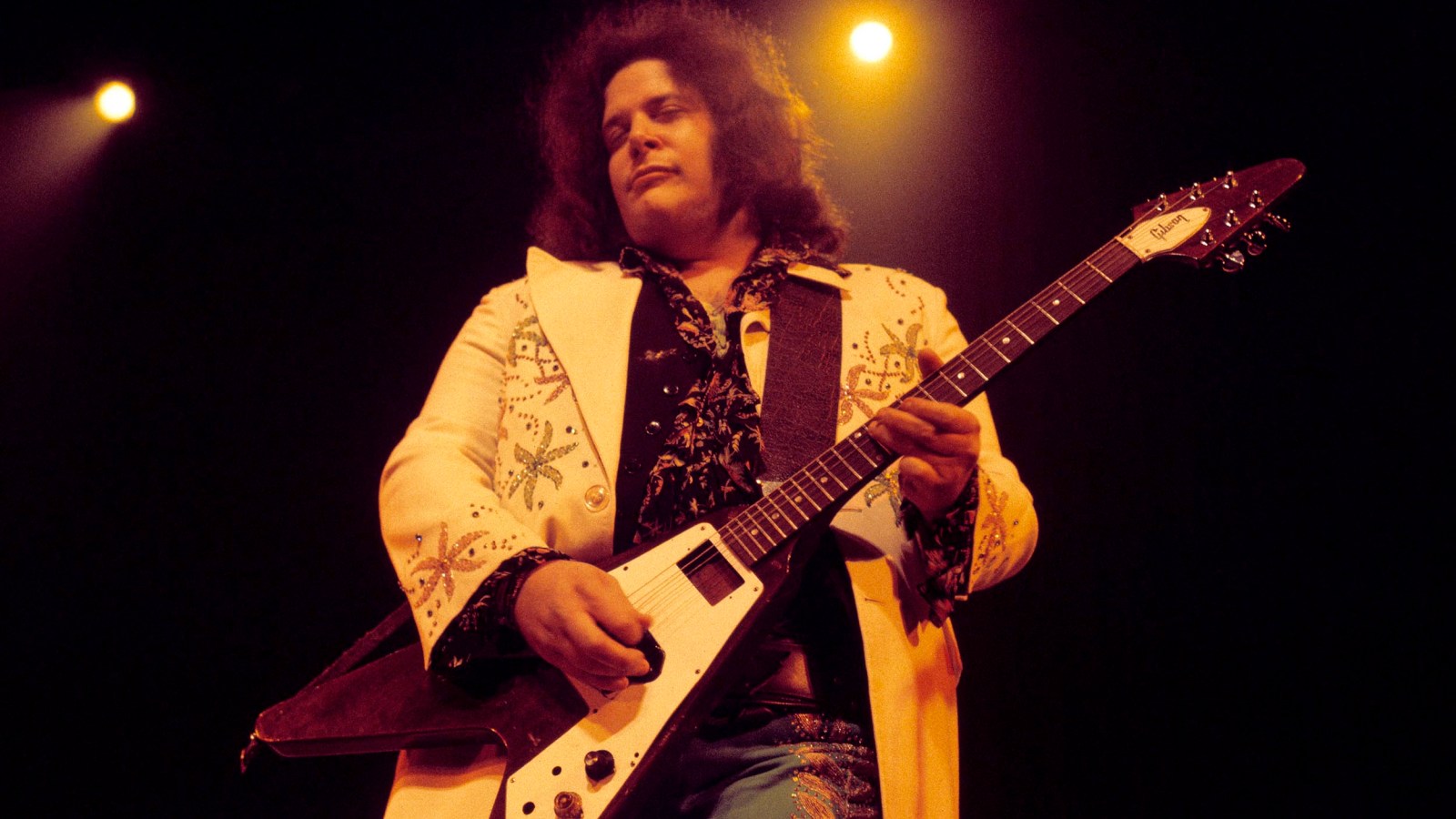raratt
Well-Known Member
RIP Viola, fighter for women's rights in music.

 www.yahoo.com
www.yahoo.com
Viola Smith, 'Fastest Girl Drummer in the World,' Dies at 107
Viola Smith, who played a giant 12-piece drum kit and was billed as the "fastest girl drummer in the world" -- and who wrote a widely read essay during World War II advocating for big bands to hire female musicians in place of the male ones who had been drafted -- died Oct. 21 at her home in


















